Hello friends, today while I was walking I thought why not make a post to see what types of bugs I could find in stagnant water in the spring season! Do you remember my last post where we saw many rotifers, nematodes and some euglonophytes? well will it be that in the spring we will see much more bugs in the water? Or could we be surprised and see something more "complex"? Let's remember that temperature has a great influence on their reproduction and metabolism! therefore in summary with a video we will see live 3 water montages with different bugs!🤨🔬
Hola amigos, hoy mientras caminaba pense porque no realizar un post para ver que tipos de bichos podria encontrar en un agua estancada en la estacion de primavera! recuerdas mi ultimo post donde vimos muchos rotiferos, nematos y algunos euglonofitos? bueno sera que en la primevera veremos mucho mas bichos en el agua? o podriamos sorprendernos y ver algo mas "complejo"? recordemos que la temperatura tiene una gran influencia en la reproduccion y el metabolismo de ellos! por tanto en resumen con un video veremos en vivo 3 montajes de agua con distintos bichos!🧫🧠🦗

SPRING AND AQUATIC BUGS💧🧠👨🏫 / PRIMAVERA Y LOS BICHOS DEL AGUA👨🎓👨💻
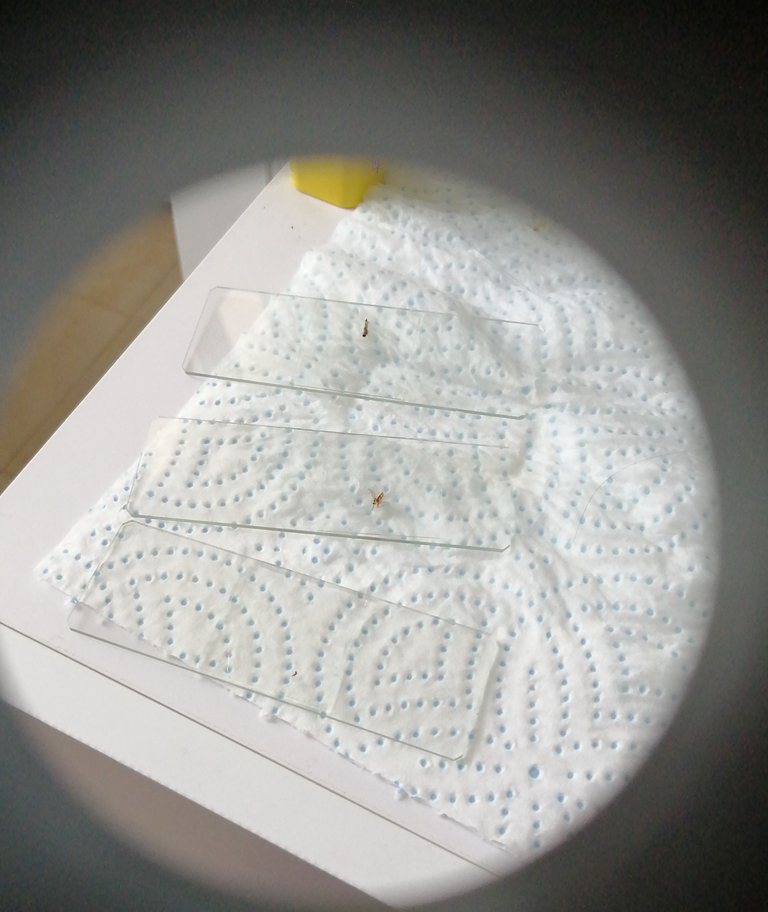
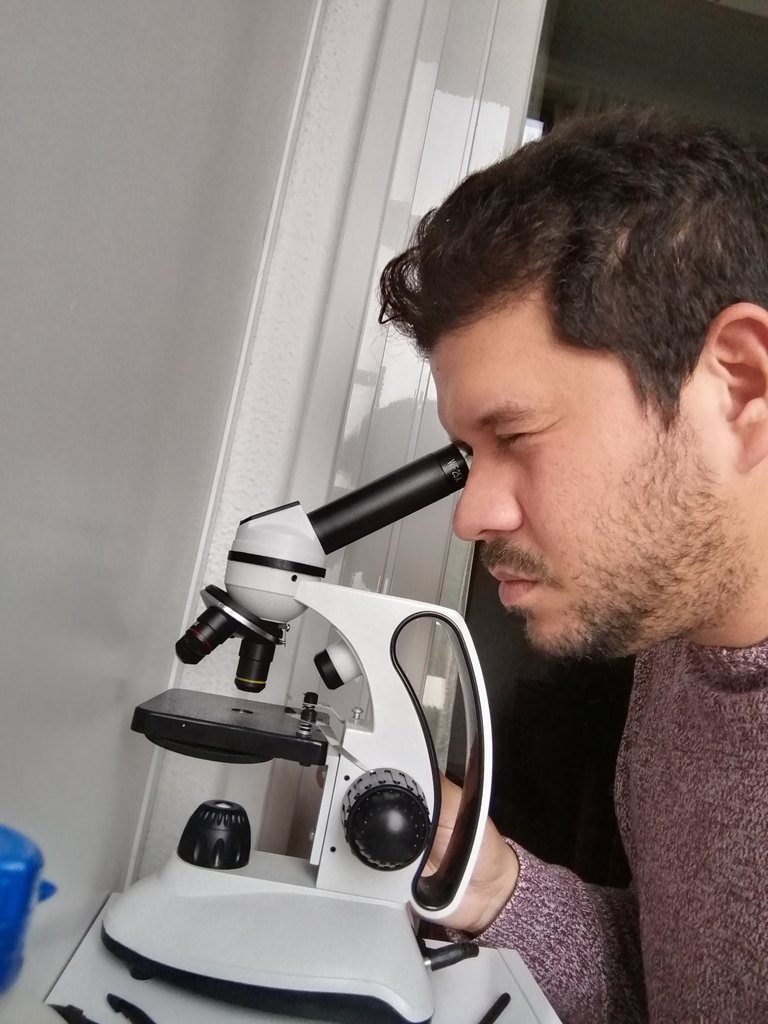
Like me, you were surprised because we didn't see many microorganisms in the water, I didn't see a single water flea, rotifer or nematode! it's strange right? why does this happen in summer? The answer is that "they DO NOT DISAPPEAR" they are still there but in less quantities and the author "Vazquez, 2020" in her article on "spring bugs" basically gives us a review that when we enter spring we can see how flying, terrestrial insects increase and aquatic! due to 1) flowering 2) rains!! let's remember that we passed the extreme cold of winter and we only see snow everywhere! so when it melts and plants bloom, butterflies and many other organisms can complete their life cycle! "BUT" there are many arthropods that require water to fulfill their life cycle!🧠🧫
Al igual que yo te has sorprendido porque no vimos muchos microorganismos en el agua, no observe ni una pulga de agua, algun rotifero o nematodo! es extraño verdad? porque sucede esto en verano? la respuesta es que "NO DESAPARECEN" continuan alli pero en menos cantidades y la autora "Vazquez, 2020" en su articulo de "bichos de primavera" basicamente nos da una reseña que cuando entramos en primavera podemos ver como incrementan los insectos voladores, terrestres y acuaticos! debido a 1) florecimiento 2) lluvias!! recordemos que pasamos del frio extremo de invierno y solo vemos nieves por todos lados! asi que cuando se derrite y florecen las plantas las mariposas y muchos otros organismos pueden completar su ciclo de vida! "PERO" hay muchos artropodos que para cumplir su ciclo de vida requieren del agua!😮🦗🧫

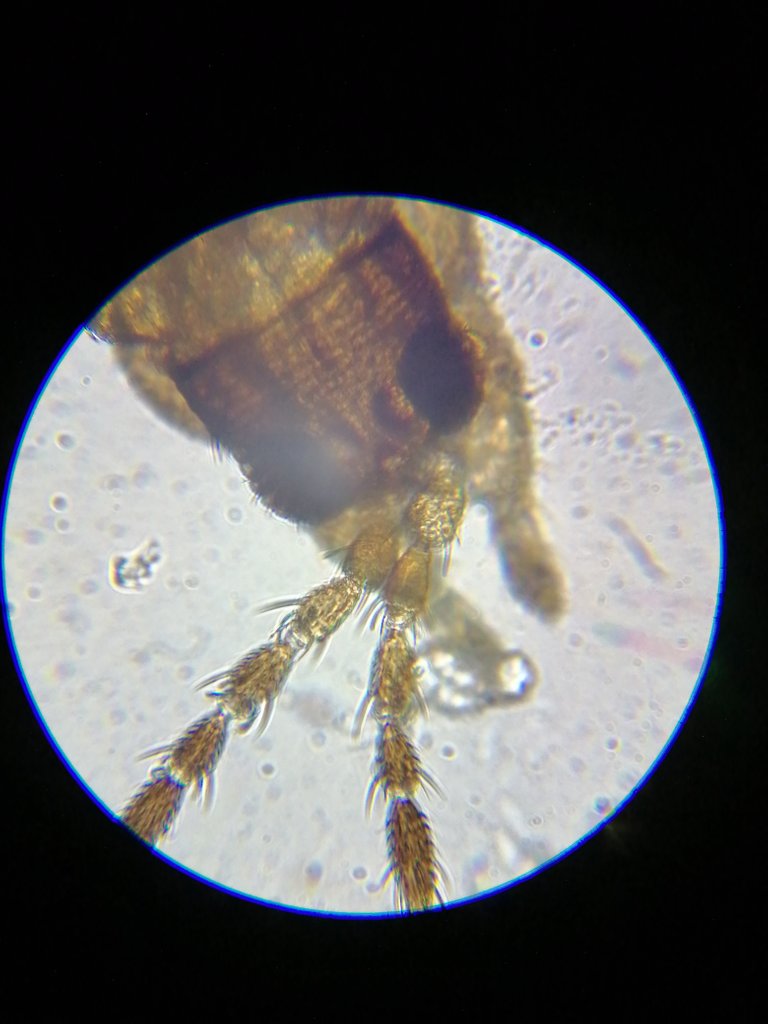
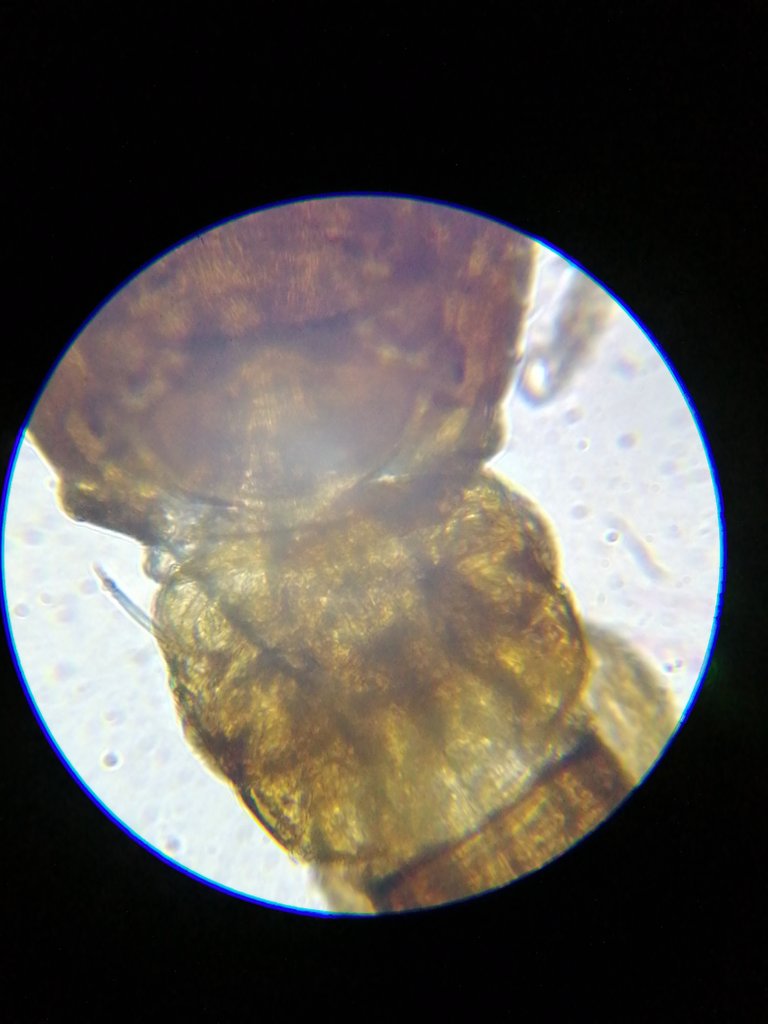
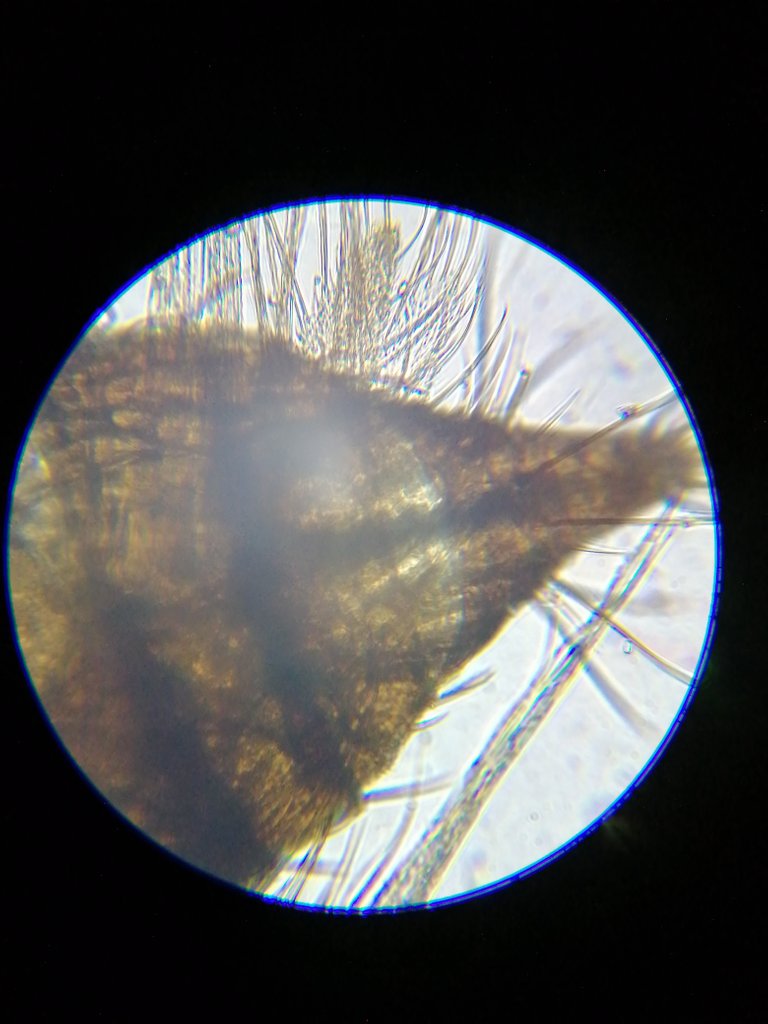
Starting from the principle that water is essential to complete the life cycle of some "flying" arthropods, then it is normal to see an increase in stagnant waters of more complex bugs and a reduction in microorganisms! for example in my three water samples I saw a diptera, another with 2 pairs of wings and my first mosquito larva! "Vazquez, 2020" tells us "»There has been a lot of rain and a lot of flowers, more than usual. And, due to the confinement, the parks and gutters have been mowed less... All this has been a good combination for insects» and what the author tells us here with his article clearly coincides with what he observed under the microscope, to see these comparisons I had to observe stagnant water in January and now at the end of March! and I saw a clear difference in aquatic biodiversity!🦗💧
Partiendo en el principio que el agua es indispensable para completar el ciclo de vida de algunos artropodos "voladores" entonces es normal ver un aumento en las aguas estancadas de bichos mas complejos y una reduccion de microorganismos! por ejemplo en mis tres muestras de agua vi un diptero, otro con 2 pares de alas y mi primera larva de zancudo! "Vazquez, 2020" nos expresa "Ha habido mucha lluvia y mucha flor, más de lo habitual. Y, debido al confinamiento, los parques y cunetas se han segado menos... Todo ello ha sido una buena combinación para los insectos» y lo que nos comenta aqui el autor con su articulo coincide claramente con lo que observe en el microscopio, para ver estas comparaciones tuve que observar aguas estancadas en enero y ahora a finales de marzo! y vi una clara diferencia en la biodiversidad acuatica!😏🦟🧫😮
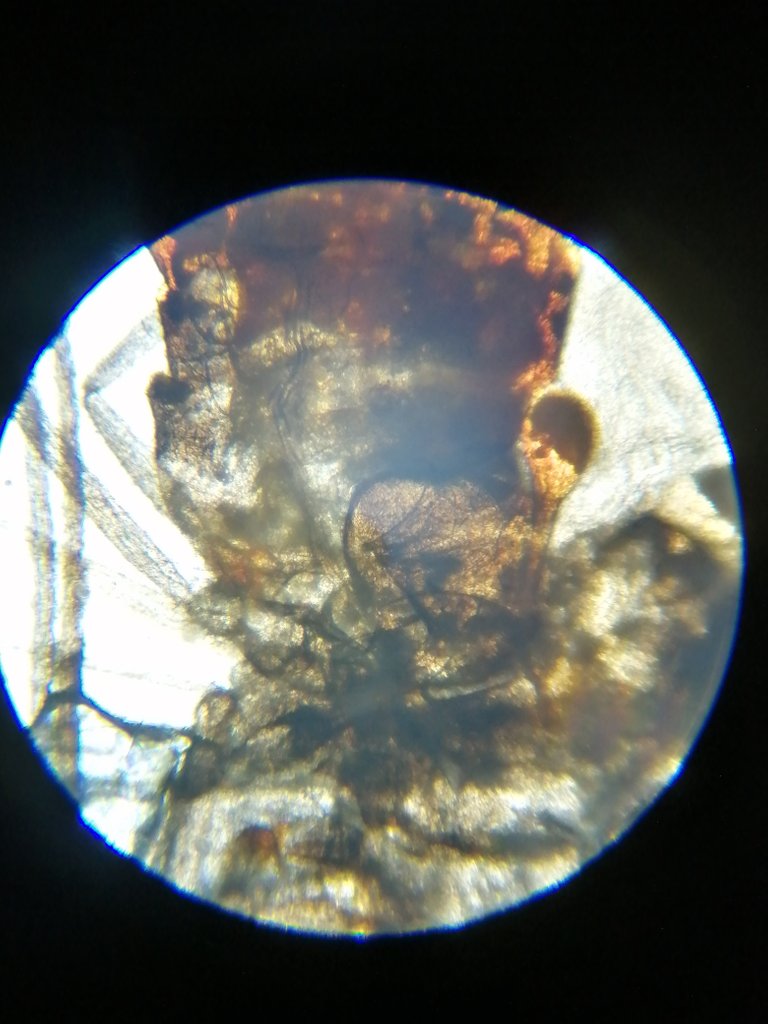
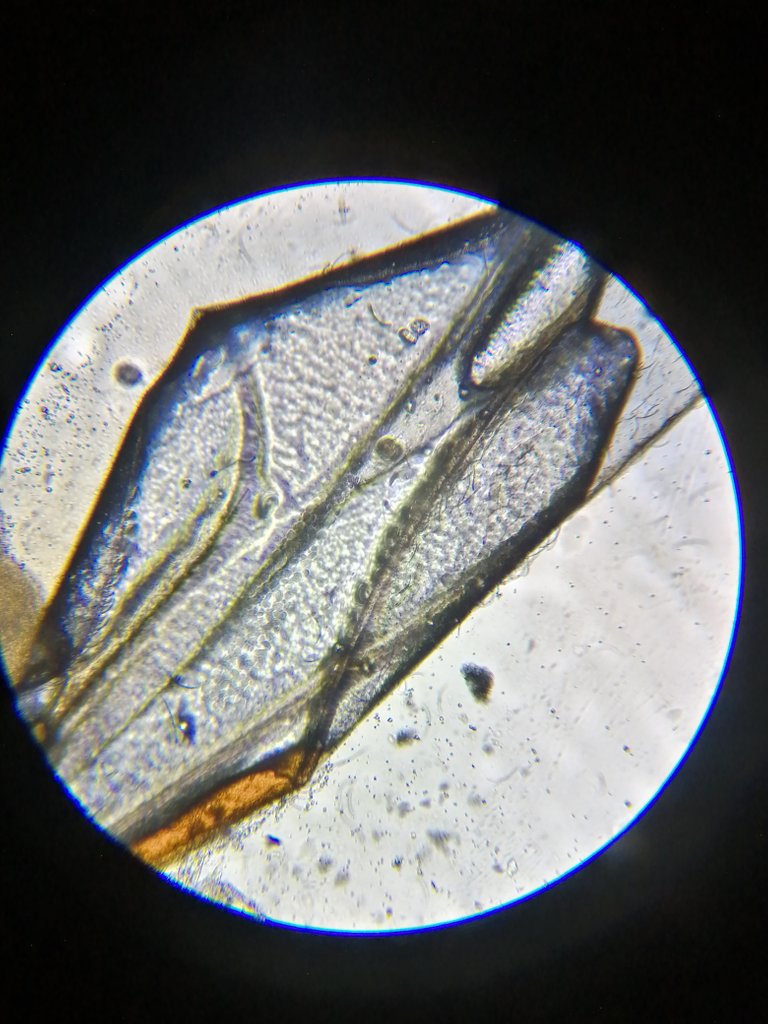
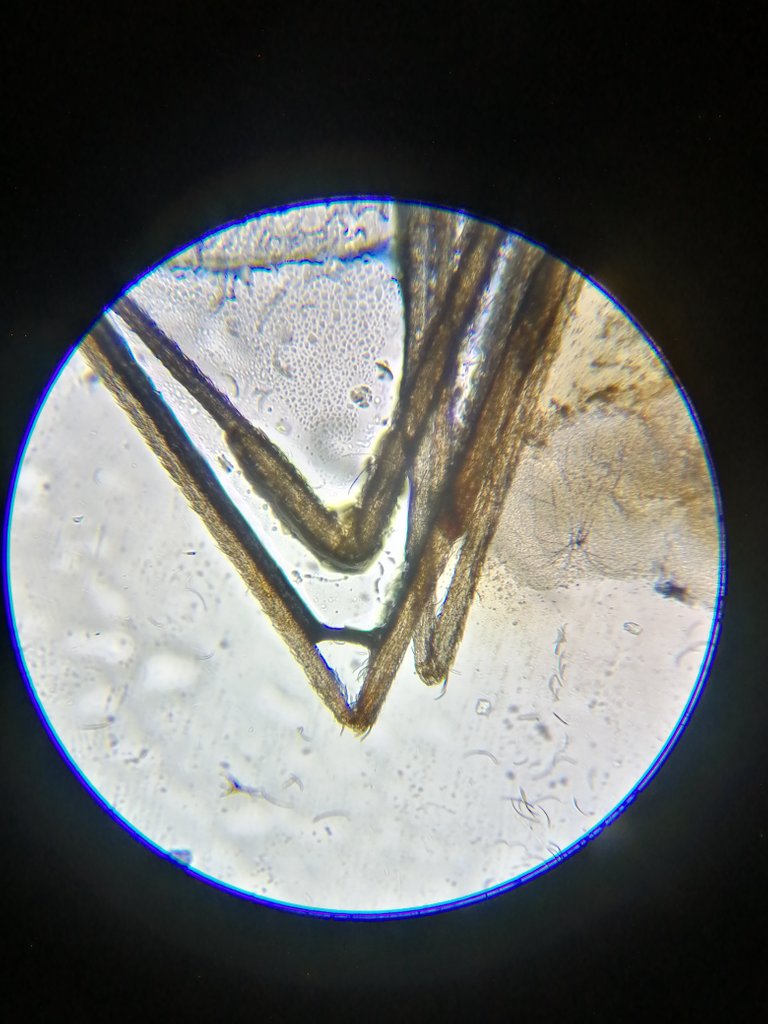
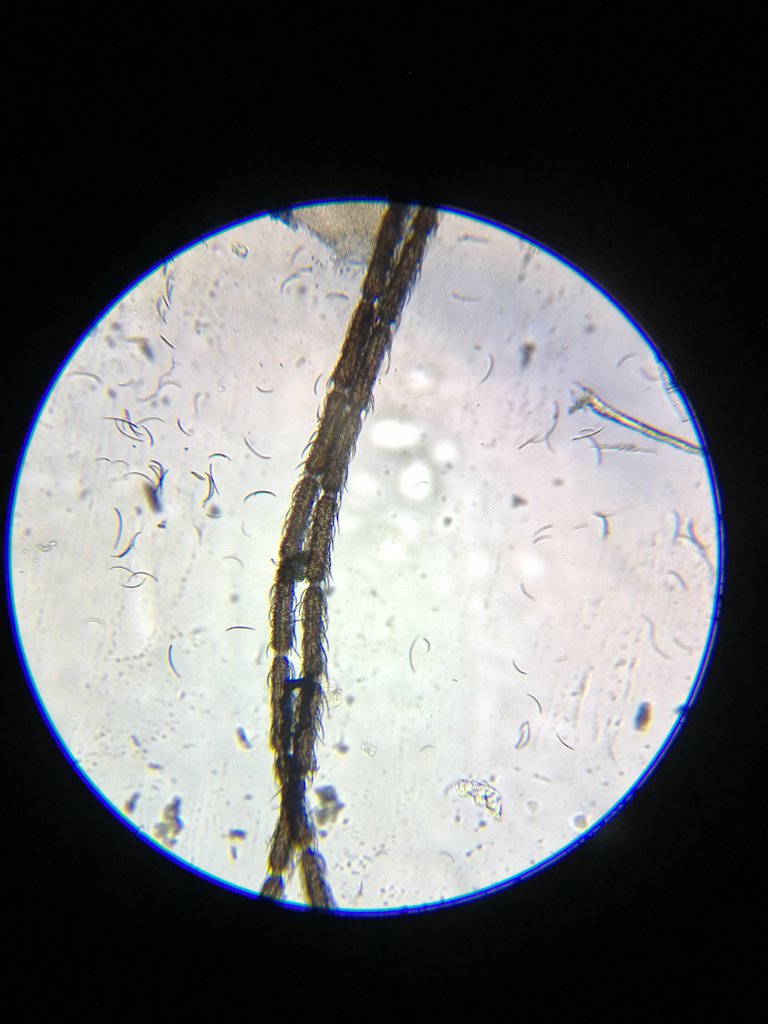
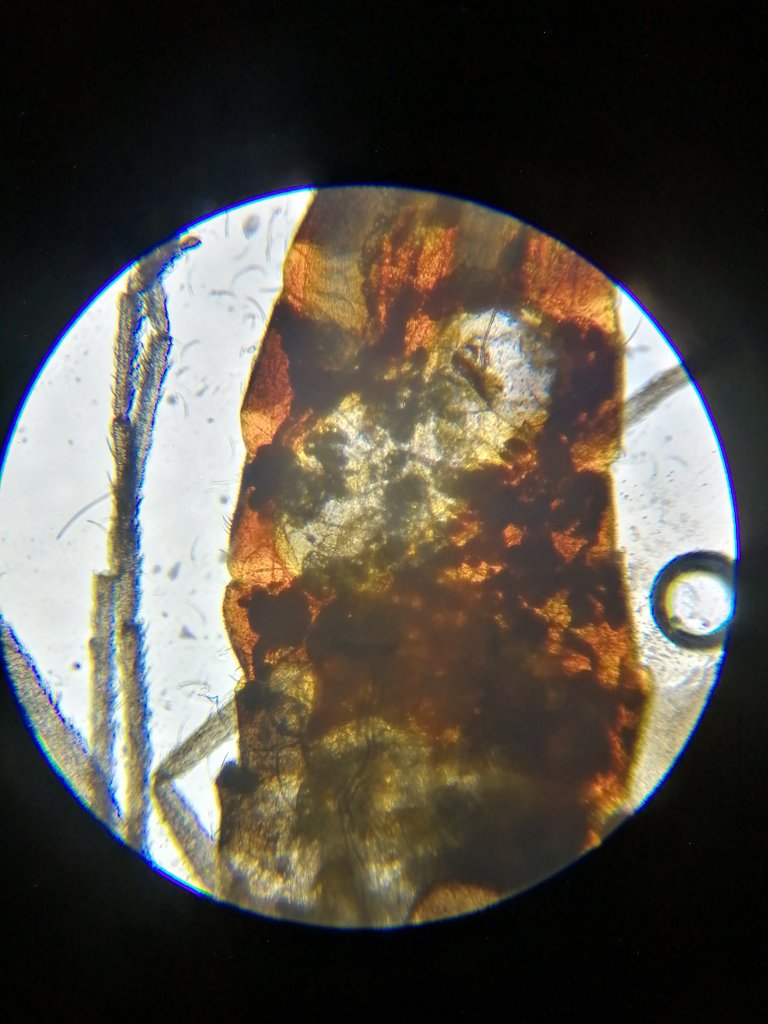
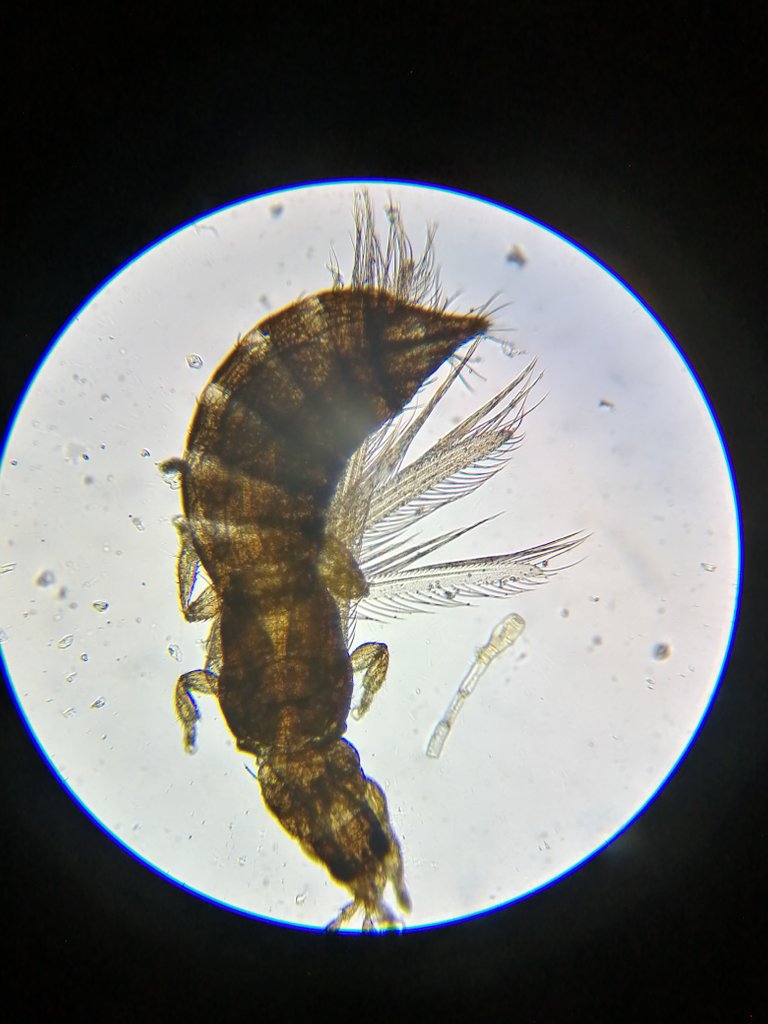
Another thing that I must highlight is that a stagnant aquatic environment is a very hostile environment, here everyone must eat each other to survive, imagine when in the spring the flying arthropods arrive to lay their eggs in the water, when they hatch and reach its larva phase... "here the action begins" new predators arrive in the food chain and competition within the ecosystem increases, reducing the amount of microorganisms! For example, dragonfly larvae are very aggressive and are great predators. They can feed on small micro-organisms and macro-organisms voraciously! In one day they eat 10 times the size of their body, now let's imagine in stagnant water where there are thousands of larvae...😮
Otra de las cosas que debo resaltar es que un ambiente acuatico estancado es un medio muy hostil, aqui todos deben comerse entre si para sobrevivir, imaginemos cuando en la primavera llegan los artropodos voladores a colocar sus huevos dentro del agua, cuando eclosionan y llegan a su fase de larva... "aqui comienza la accion" llegan nuevos depredadores a la cadena alimenticia y aumenta la competencia dentro del ecosistema reduciendo la cantidad de microorganismo! por ejemplo las larvas de la libelula son muy agresivas y son grandes depredadoras pueden alimentarse de pequeños microorganimos y macroorganismos de forma voraz! en un dia comen 10 veces el tamaño de su cuerpo, ahora imaginemos en un agua estancada donde hay miles de larvas...🦟🦗🔬🧠👨🏫
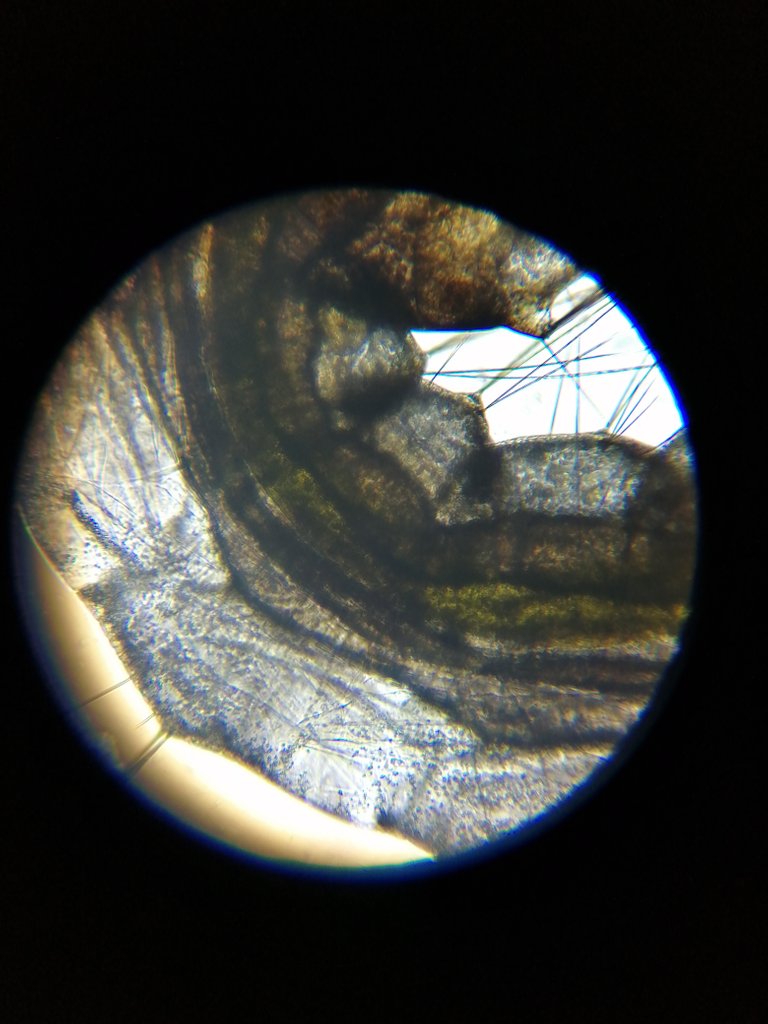
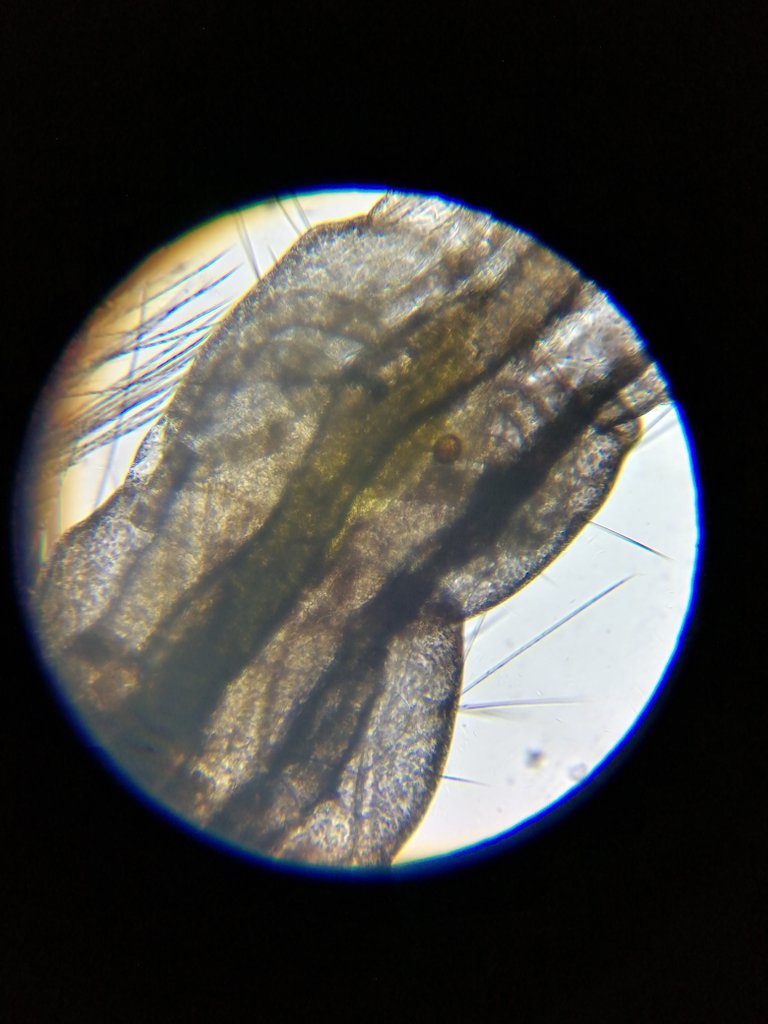
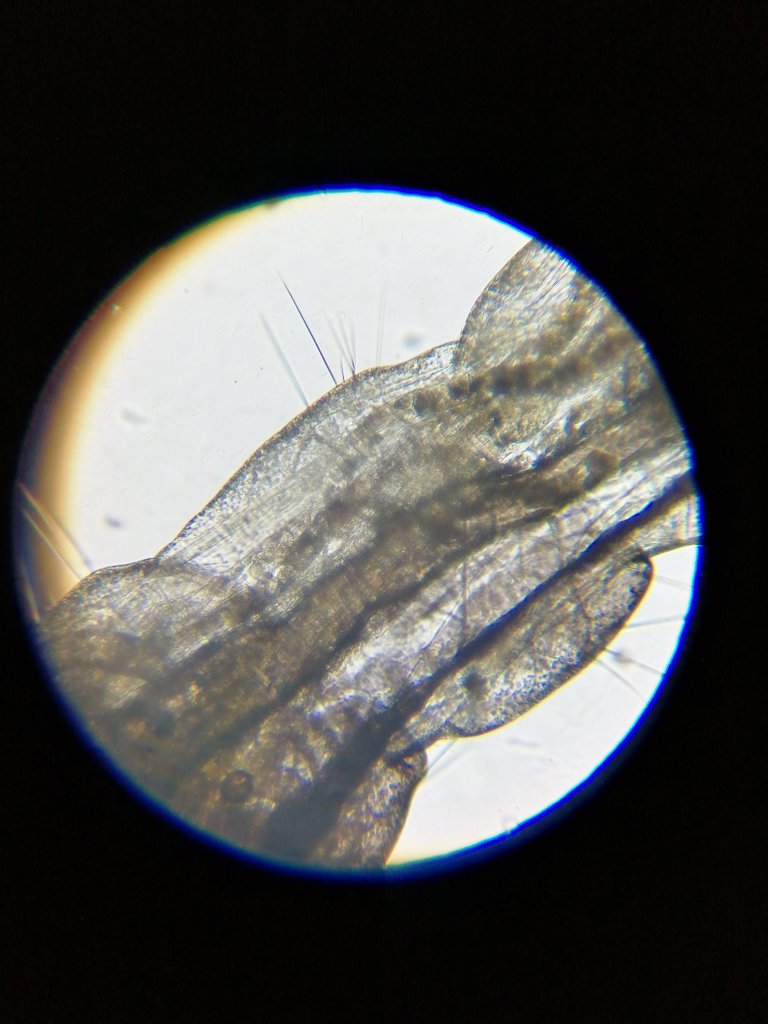

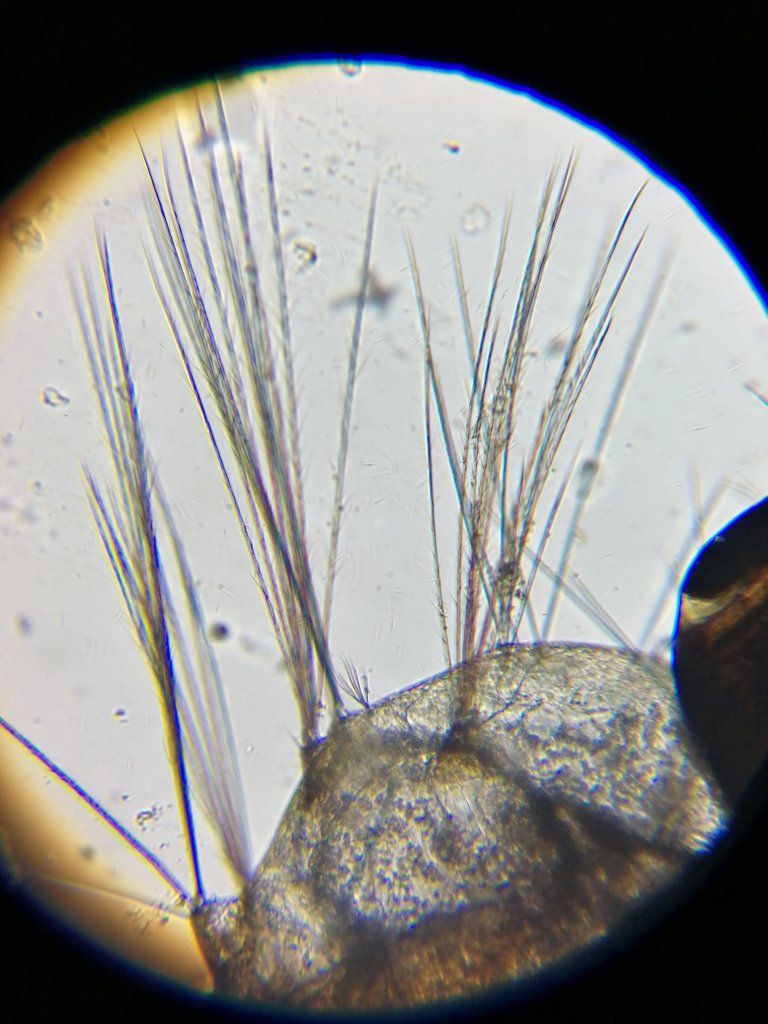
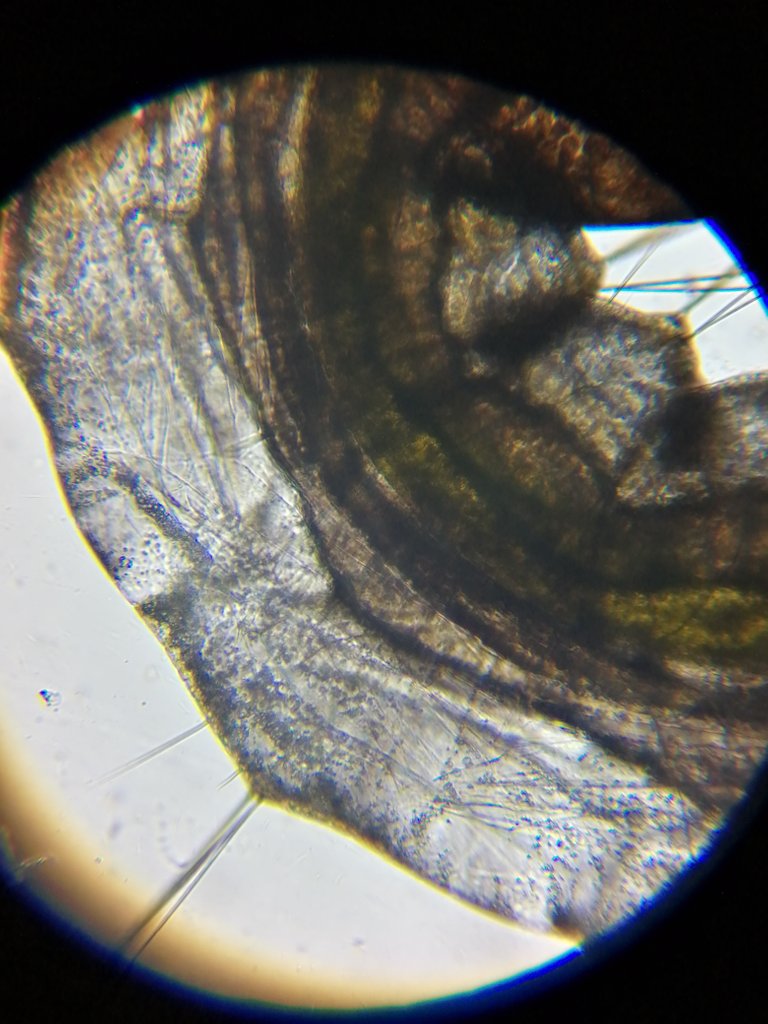
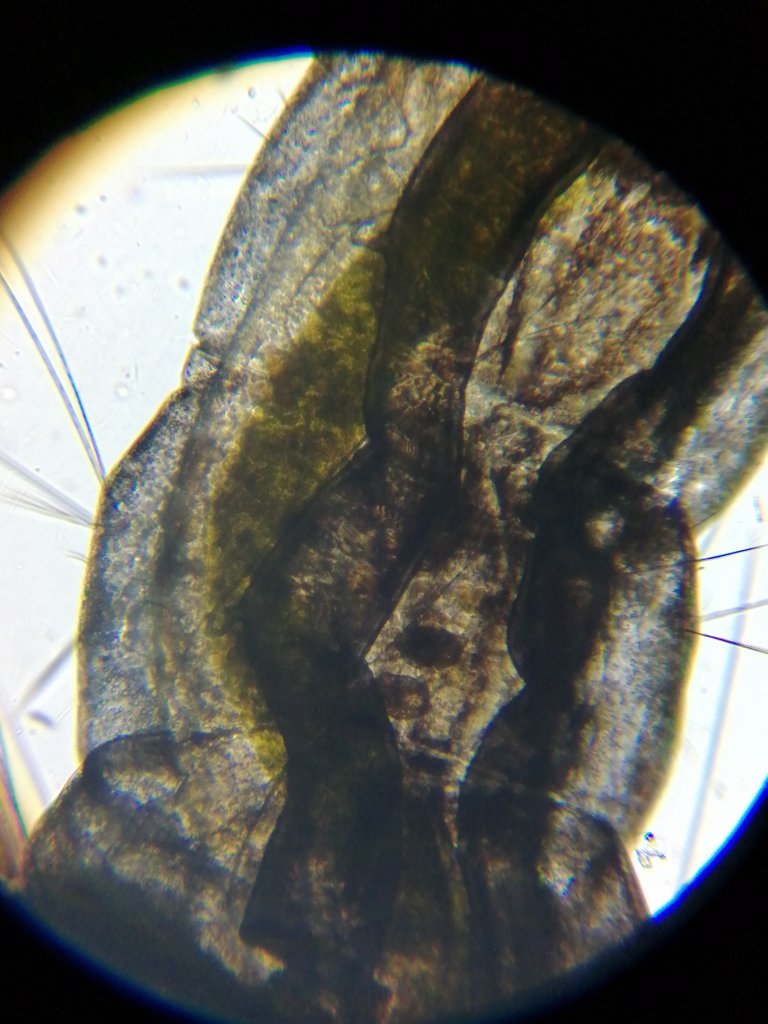
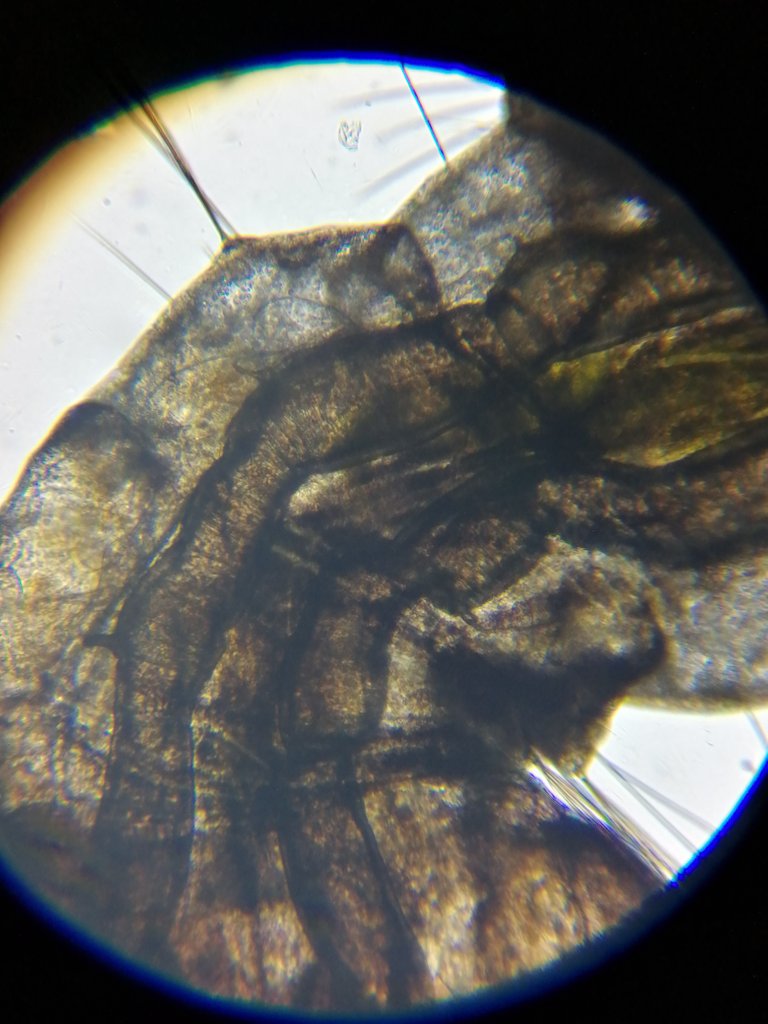


DNA is an organization to foster and DENSIFY NATURE-APPRECIATION which aims to establish REPORTS OF BIODIVERSITY DATA that is contributed by all of us Hiveans and subsequently cataloged.
Therefore DNA searches for HIGH-QUALITY posts that aim to DESCRIBE and determine the BIODIVERSITY AROUND YOU with added EXPLANATIONS and INFORMATION. For these informative posts they offer a CURATION SERVICE using the @dna.org account. It is also a CURATION TRAIL. Just add the #dna TAG if you think that any of your posts is what they are looking for.
THANKS FOR READING ME (PHOTOS OF MY PROPERTY)🙂🧠🦾👍
Source:
https://www.elcorreo.com/vivir/bienvenido-primavera-bichos-20200605151107-ntrc.html?ref=https%3A%2F%2Fwww.elcorreo.com%2Fvivir%2Fbienvenido-primavera-bichos-20200605151107-ntrc.html
"IN THE FOLLOWING ARTICLE, A DIRECT QUOTE FROM THE AUTHOR HAS BEEN MADE!! DIFFERENTIATED FROM THE TEXT WITH: »»
▶️ 3Speak























View or trade
BEER.Hey @oscurity, here is a little bit of
BEERfrom @pixresteemer for you. Enjoy it!Learn how to earn FREE BEER each day by staking your
BEER.Wow this is really nice and thanks for sharing
¡Felicitaciones!
1. Invierte en el PROYECTO ENTROPÍA y recibe ganancias semanalmente. Entra aquí para más información.
3. Suscríbete a nuestra COMUNIDAD, apoya al trail de @Entropia y así podrás ganar recompensas de curación de forma automática. Entra aquí para más información sobre nuestro trail.
4. Creación de cuentas nuevas de Hive aquí.
5. Visita nuestro canal de Youtube.
Atentamente
El equipo de curación del PROYECTO ENTROPÍA